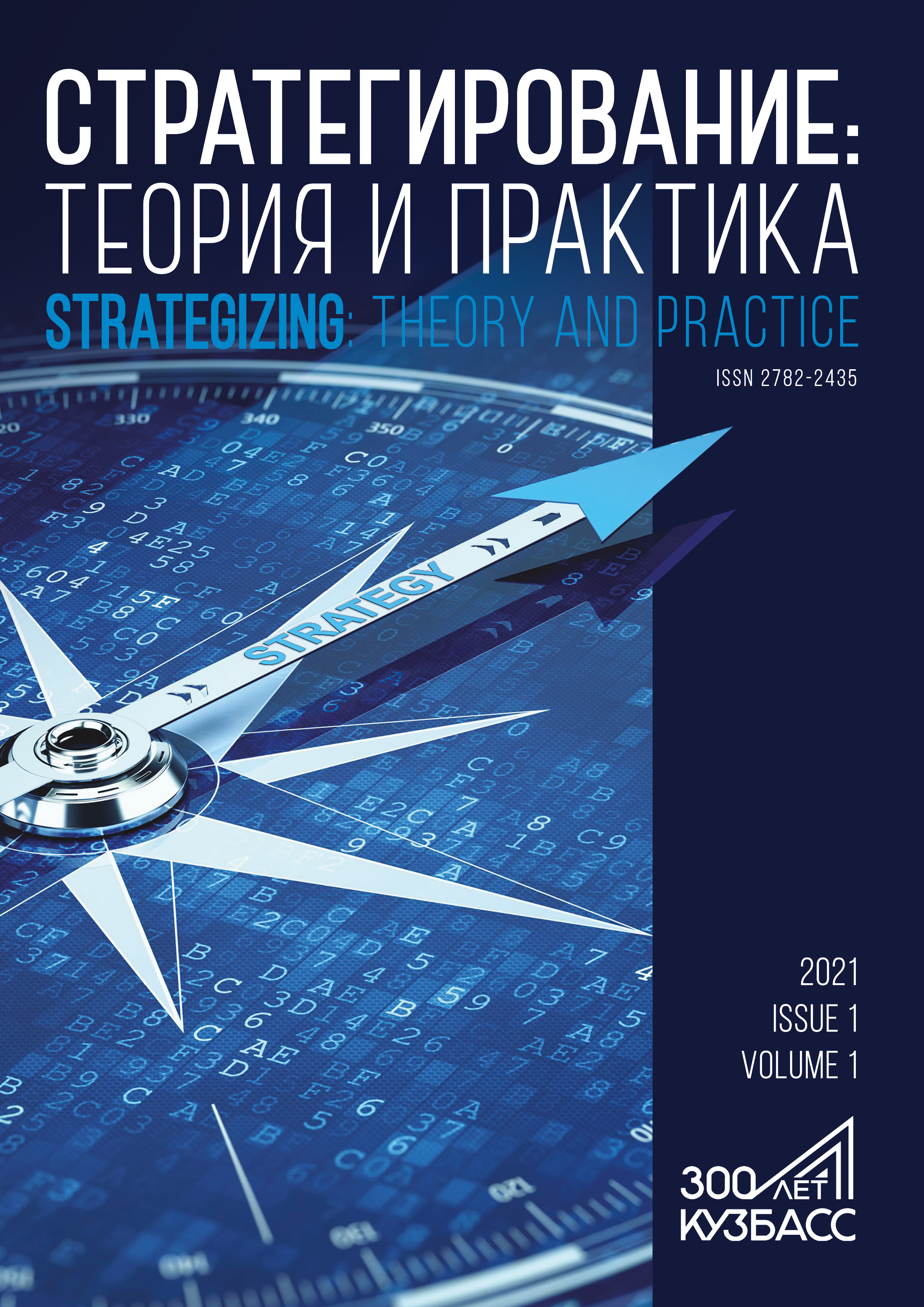Financial University under the Government of the Russian Federation
Moscow, Russian Federation
Moscow, Russian Federation
Introduction. Social capital is an important strategic asset for regional development. It refers to the institutions, relationships, and norms that shape the quality and quantity of social interactions. Human assets, social capital, and institutional environment are the three pillars of human potential for the creation of wealth. The present article introduces basic approaches to the definition and assessment of social capital and its types. The research results can help to create new strategies for the socio-economic development of regions. Study objects and methods. The authors identified three parameters of social capital: frequency of human contacts, homogeneity, and hierarchy. The paper also describes four types of social capital: linking, bonding, identifying, and uniting. Results and discussion. The research featured the development of social capital in the regions of the Central Federal District in 2000–2019, as well as the priority directions of the development of social capital in the city of Moscow and the regions of Moscow, Kaluga, and Kursk. Conclusion. At the regional level, strategic priorities for the development of social capital depend on its key components, current state, forming factors, and trends. The research can be of interest for scientists and decision-makers in the field of territorial strategic development.
capital, social capital, strategy, socio-economic development, regional economy, regions of Russia
1. Aldrich DP, Meyer MA. Social capital and community resilience. American Behavioral Scientist. 2015;59(2):254-269. https://doi.org/10.1177/0002764214550299.
2. Coleman JS. Social capital in the creation of human capital. American Journal of Sociology. 1988;94:S95-S120. https://doi.org/10.1086/228943.
3. Dańska-Borsiak B, Laskowska I. Selected intangible factors of regional development: An analysis of spatial relationships. Comparative Economic Research. Central and Eastern Europe. 2014;17(4):23-41. https://doi.org/10.2478/cer-2014-0030.
4. Forte A, Peiró-Palomino J, Tortosa-Ausina E. Does social capital matter for European regional growth // European Economic Review. 2015;77:47-64. https://doi.org/10.1016/j.euroecorev.2015.03.013.
5. Fraser T. Japanese social capital and social vulnerability indices: Measuring drivers of community resilience 2000-2017. International Journal of Disaster Risk Reduction. 2021;52. https://doi.org/10.1016/j.ijdrr.2020.101965.
6. Gennaioli N, La Porta R, Lopez-de-Silanes F, Shleifer A. Human capital and regional development. Quarterly Journal of Economics. 2013;128(1):105-164. https://doi.org/10.1093/qje/qjs050.
7. Granovetter MS. The strength of weak ties. American Journal of Sociology. 1973;78(6):1360-1380. https://doi.org/10.1086/225469.
8. Kvint VL. K istokam teorii strategii. 200-letie izdaniya teoreticheskoy raboty generala Zhomini [Origins of strategic science. 200th Anniversary of the Publication of General Jomini’s theory]. St. Petersburg: IPTS SZIU; 2017. 52 p. (In Russ.).
9. Kyne D, Aldrich DP. Capturing bonding, bridging, and linking social capital through publicly available data. Risk, Hazards and Crisis in Public Policy. 2020;11(1):61-86. https://doi.org/10.1002/rhc3.12183.
10. Lollo E. Toward a theory of social capital definition: its dimensions and resulting social capital types. 14th World Congress of Social Economics; 2012; Glasgow. Glasgow: University of Glasgow; 2012.
11. Nakagawa Y, Shaw R. Social capital: A missing link to disaster recovery. International Journal of Mass Emergencies Disasters. 2004;22(1):5-34.
12. Norris FH, Stevens SP, Pfefferbaum B, Wyche KF, Pfefferbaum RL. Community resilience as a metaphor, theory, set of capacities, and strategy for disaster readiness. American Journal of Community Psychology. 2008;41(1-2):127-150. https://doi.org/10.1007/s10464-007-9156-6.
13. Peiró-Palomino J, Tortosa-Ausina E. On the sources of European regional convergence: Does social capital have an economic payoff? Working Papers. 2014.
14. Pekkanen R. Japan’s dual civil society: Members without advocates. Stanford: Stanford University Press; 2006. 280 p.
15. Pekkanen RJ, Tsujinaka Y, Yamamoto H, Tkach-Kawasaki L. Neighborhood associations and local governance in Japan. London: Taylor and Francis Group; 2014. 280 p. https://doi.org/10.4324/9781315797731.
16. Pretty J. Social capital and the collective management of resources. Science. 2003;302(5652):1912-1914. https://doi.org/10.1126/science.1090847.
17. Putnam RD, Leonardi R, Nonetti RY. Making democracy work: Civic traditions in modern Italy. Princeton: Princeton University Press; 1993. 280 p. https://doi.org/10.2307/j.ctt7s8r7.
18. Rossi F. Human capital and macro-economic development: A review of the evidence. Washington: World Bank Group; 2018. 41 p.
19. Small ML. Unanticipated gains: Origins of network inequality in everyday life. New York: Oxford University Press; 2009. 320 p. https://doi.org/10.1093/acprof:oso/9780195384352.001.0001.
20. Smith DM, Reed SR. The reed-smith Japanese House of representatives elections dataset. Harvard Dataverse. 2018;1. https://doi.org/10.7910/DVN/QFEPXD.
21. Szreter S, Woolcock M. Health by association? Social capital, social theory, and the political economy of public health. International Journal of Epidemiology. 2004;33(4):650-667. https://doi.org/10.1093/ije/dyh013.
22. Village A, Powell R, Pepper M. Bonding and bridging among first generation Asian migrants in Australian protestant churches. Journal of Ethnic and Migration Studies. 2017;43(11):1943-1963. https://doi.org/10.1080/1369183X.2016.1240027.
23. Westlund H, Larsson JP. Handbook of social capital and regional development. Edward Elgar Publishing; 2016. 576 p. https://doi.org/10.4337/9781783476831.
24. Woolcock M. The rise and routinization of social capital, 1988-2008. Annual Review of Political Science. 2010;13:469-487. https://doi.org/10.1146/annurev.polisci.031108.094151.
25. Yusaku H, Natori R. The Japanese local elections dataset. Harvard Dataverse. 2019;1. https://doi.org/10.7910/DVN/TLC5R4.






